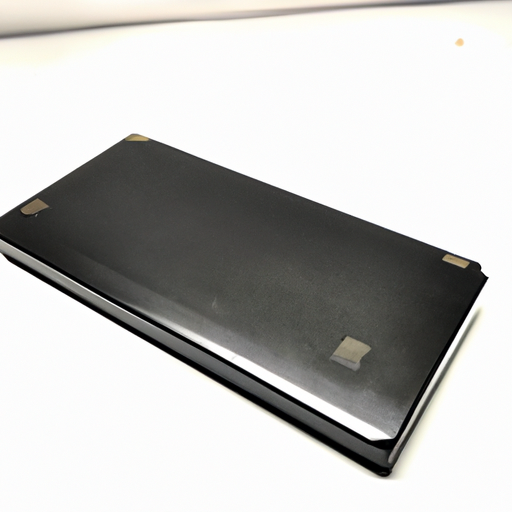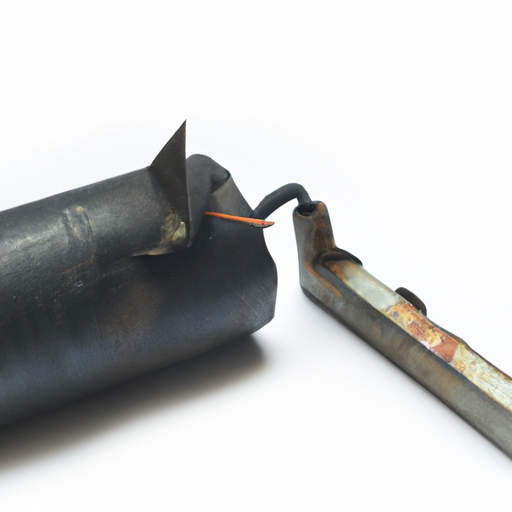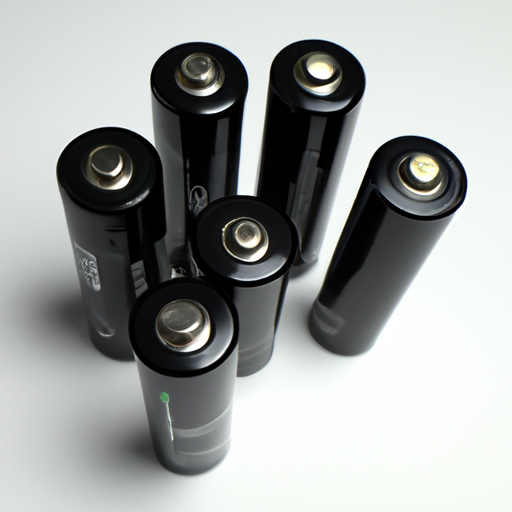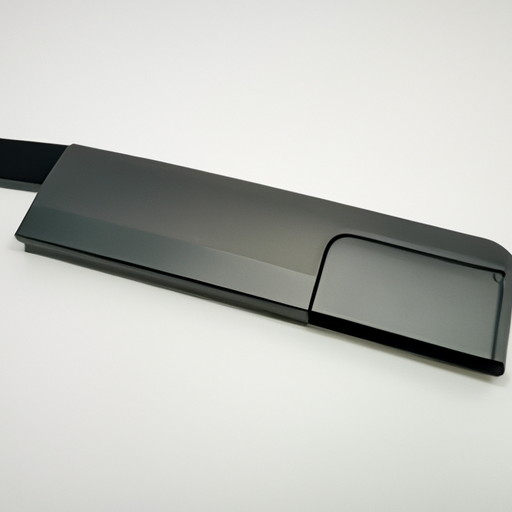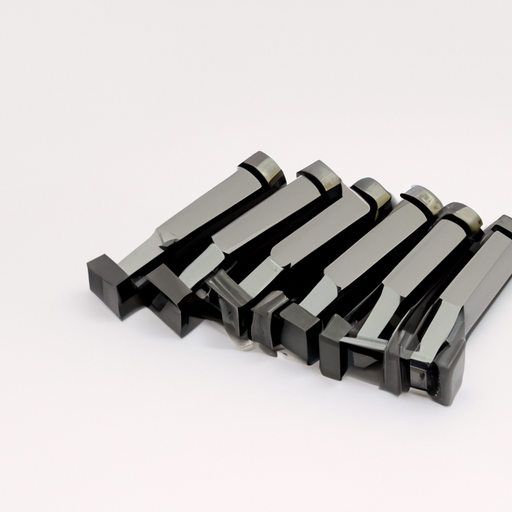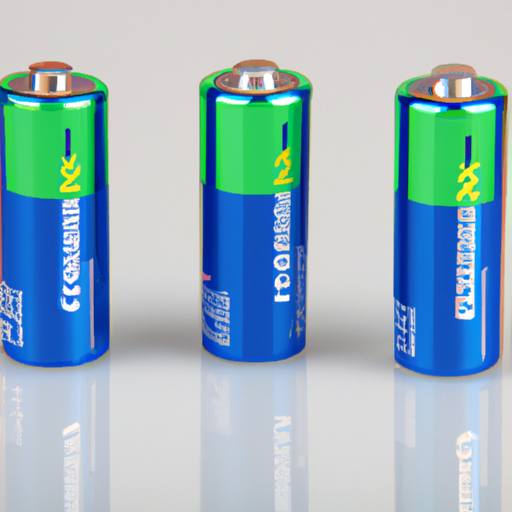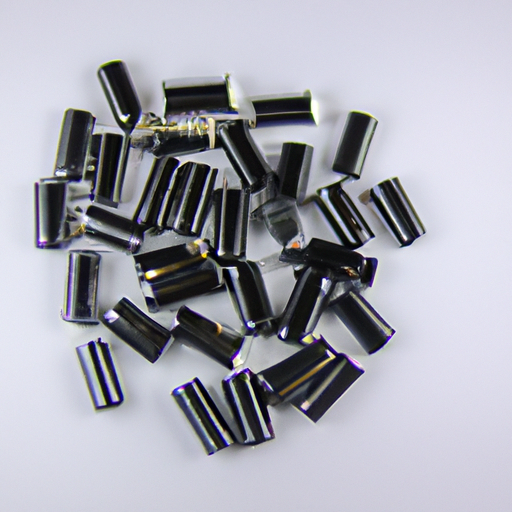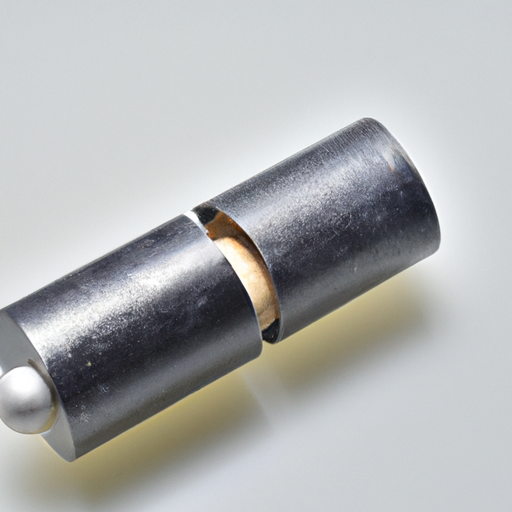Mainstream Mobile Phone Lithium Battery Holder Product Series Parameters
I. Introduction
In the modern era, mobile phones have become an integral part of our daily lives, serving as communication tools, entertainment devices, and even personal assistants. At the heart of these devices lies the lithium battery, a crucial component that powers our smartphones. As technology advances, the design and functionality of mobile phones have evolved, leading to the development of sophisticated battery holders. This article aims to provide a detailed overview of the parameters associated with mainstream mobile phone lithium battery holders, highlighting their significance in mobile phone design and performance.
II. Understanding Lithium Battery Holders
A. Definition and Function of Battery Holders
A lithium battery holder is a component that securely houses the battery within a mobile device. Its primary function is to provide a stable and safe environment for the battery, ensuring that it remains connected to the device's circuitry while allowing for efficient power transfer. Battery holders also play a vital role in protecting the battery from physical damage and environmental factors.
B. Types of Battery Holders Used in Mobile Phones
There are two main types of battery holders used in mobile phones:
1. **Fixed Holders**: These holders are permanently attached to the device's chassis and are designed to hold the battery securely in place. Fixed holders are commonly found in smartphones with non-removable batteries, providing a seamless design and enhanced structural integrity.
2. **Removable Holders**: As the name suggests, removable holders allow users to easily replace or remove the battery. This type of holder is typically found in older mobile phone models or specific designs that prioritize user accessibility.
C. Importance of Battery Holders in Device Performance and Safety
Battery holders are essential for maintaining the overall performance and safety of mobile devices. A well-designed battery holder ensures proper alignment and connection between the battery and the device's circuitry, minimizing the risk of power loss or malfunction. Additionally, battery holders equipped with safety features can prevent issues such as short circuits, overcharging, and overheating, which can lead to battery failure or even hazardous situations.
III. Key Parameters of Lithium Battery Holders
A. Physical Dimensions
1. **Size Specifications**: The physical dimensions of battery holders are critical for compatibility with various battery sizes. Common specifications include length, width, and height, which must align with the dimensions of the lithium battery to ensure a snug fit.
2. **Compatibility with Various Battery Sizes**: Different mobile phone models utilize batteries of varying sizes and capacities. Battery holders must be designed to accommodate these differences, ensuring that they can securely hold batteries of different dimensions.
B. Material Composition
1. **Common Materials Used**: Battery holders are typically made from materials such as plastic, metal, or a combination of both. Plastic holders are lightweight and cost-effective, while metal holders offer enhanced durability and heat resistance.
2. **Impact of Material on Durability and Heat Resistance**: The choice of material significantly impacts the battery holder's performance. For instance, metal holders can withstand higher temperatures and provide better protection against physical damage, making them suitable for high-performance devices.
C. Electrical Specifications
1. **Voltage and Current Ratings**: Battery holders must be designed to handle specific voltage and current ratings, which are determined by the battery's specifications. Ensuring that the holder can accommodate these ratings is crucial for optimal device performance.
2. **Connection Types**: Battery holders can feature various connection types, including soldered connections, snap-fit designs, or spring-loaded contacts. The choice of connection type affects the ease of battery replacement and the overall reliability of the electrical connection.
D. Thermal Management
1. **Heat Dissipation Features**: Effective thermal management is essential for maintaining battery performance and longevity. Battery holders may incorporate heat dissipation features, such as ventilation slots or heat sinks, to help regulate temperature during operation.
2. **Importance of Thermal Management in Battery Performance**: Excessive heat can lead to reduced battery efficiency and lifespan. Therefore, a well-designed battery holder that facilitates proper thermal management is vital for ensuring the battery operates within safe temperature limits.
E. Safety Features
1. **Short-Circuit Protection**: Many modern battery holders include short-circuit protection mechanisms to prevent electrical faults that could lead to battery damage or device failure.
2. **Overcharge and Over-Discharge Protection Mechanisms**: Safety features that prevent overcharging and over-discharging are crucial for lithium batteries, as these conditions can lead to battery swelling, leakage, or even combustion. Battery holders equipped with these features enhance the overall safety of mobile devices.
IV. Popular Brands and Their Product Series
A. Overview of Leading Manufacturers
Several manufacturers dominate the market for lithium battery holders, each offering unique product series with varying specifications.
1. **Brand A**: Known for its innovative designs, Brand A offers a range of battery holders that prioritize safety and performance. Their product series includes holders compatible with various battery sizes, featuring advanced thermal management and safety features.
2. **Brand B**: Brand B focuses on durability and reliability, providing battery holders made from high-quality materials. Their product series is designed for high-performance devices, ensuring optimal power delivery and thermal management.
3. **Brand C**: With a commitment to eco-friendly practices, Brand C offers battery holders made from sustainable materials. Their product series emphasizes modular designs, allowing for easy battery replacement and recycling.
B. Comparison of Product Series Across Brands
When comparing product series across brands, several factors come into play:
1. **Strengths and Weaknesses**: Each brand has its strengths, such as advanced safety features or superior material quality. However, some may have weaknesses, such as higher price points or limited compatibility with certain battery sizes.
2. **Price Points and Market Positioning**: Price is a significant factor in consumer choice. Brands that offer competitive pricing while maintaining quality often attract a broader customer base. Understanding the market positioning of each brand can help consumers make informed decisions.
V. Trends in Lithium Battery Holder Design
A. Innovations in Battery Holder Technology
1. **Modular Designs**: The trend towards modular designs allows users to easily replace or upgrade their batteries without needing specialized tools. This innovation enhances user convenience and promotes sustainability by encouraging battery recycling.
2. **Eco-Friendly Materials**: As environmental concerns grow, manufacturers are increasingly exploring eco-friendly materials for battery holders. These materials not only reduce the environmental impact but also appeal to environmentally conscious consumers.
B. Future Directions in Battery Holder Development
1. **Integration with Smart Technology**: Future battery holders may incorporate smart technology, allowing for real-time monitoring of battery health and performance. This integration could provide users with valuable insights and alerts regarding their battery's status.
2. **Enhanced Safety Features**: As battery technology continues to evolve, manufacturers are likely to focus on developing even more advanced safety features. This could include improved short-circuit protection, fire-resistant materials, and enhanced thermal management systems.
VI. Conclusion
In conclusion, lithium battery holders play a crucial role in the performance and safety of mobile phones. Understanding the key parameters associated with these components, such as physical dimensions, material composition, electrical specifications, thermal management, and safety features, is essential for both manufacturers and consumers. As technology advances, trends such as modular designs and eco-friendly materials are shaping the future of battery holder development. By staying informed about these trends and innovations, consumers can make educated choices when selecting mobile devices and accessories.
VII. References
A comprehensive list of sources for further reading, including industry reports and studies on battery technology, can provide additional insights into the evolving landscape of lithium battery holders and their significance in mobile phone design.

